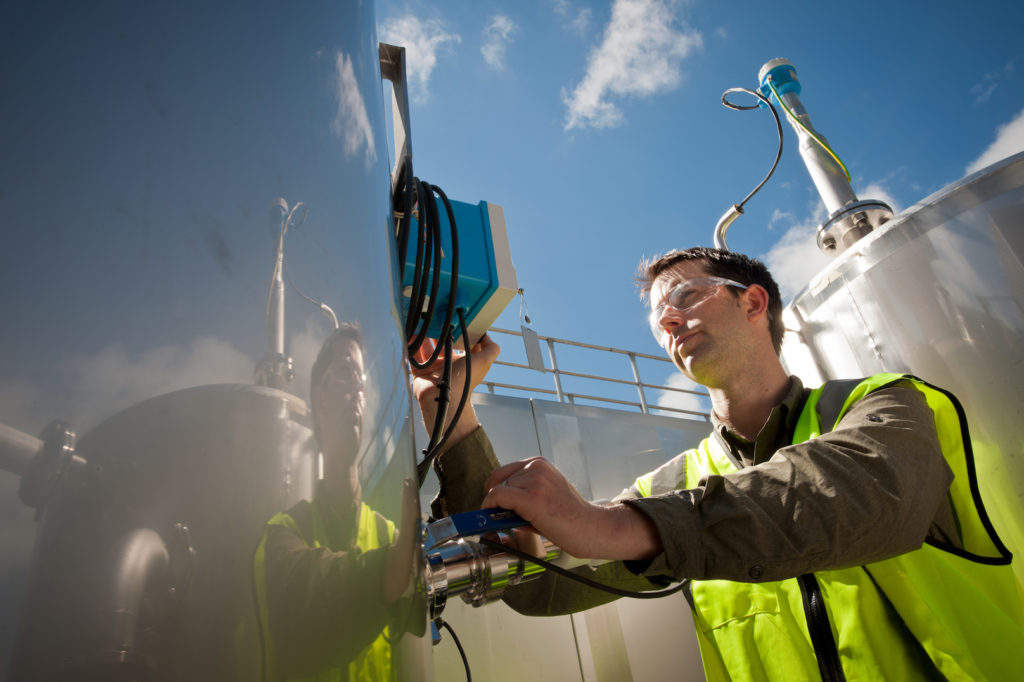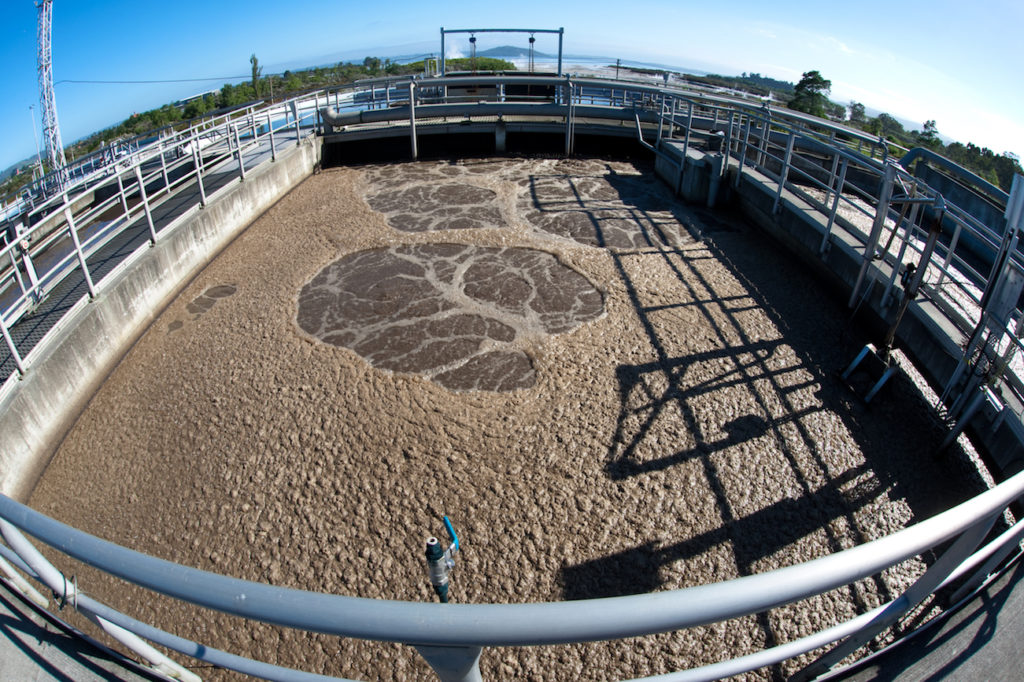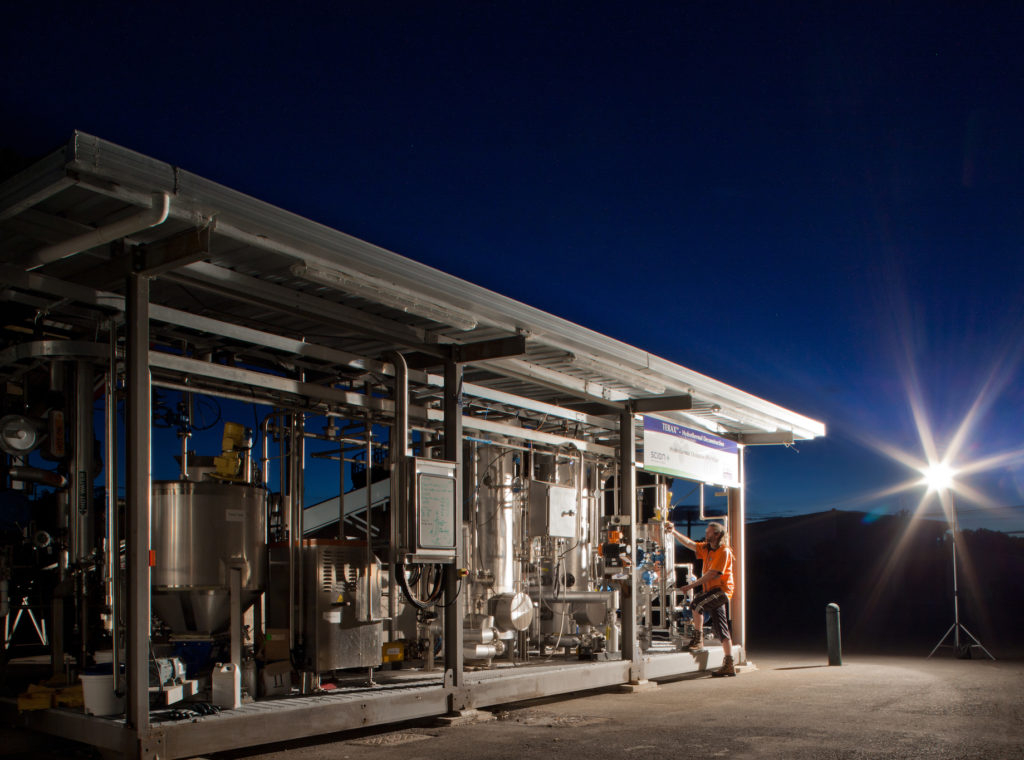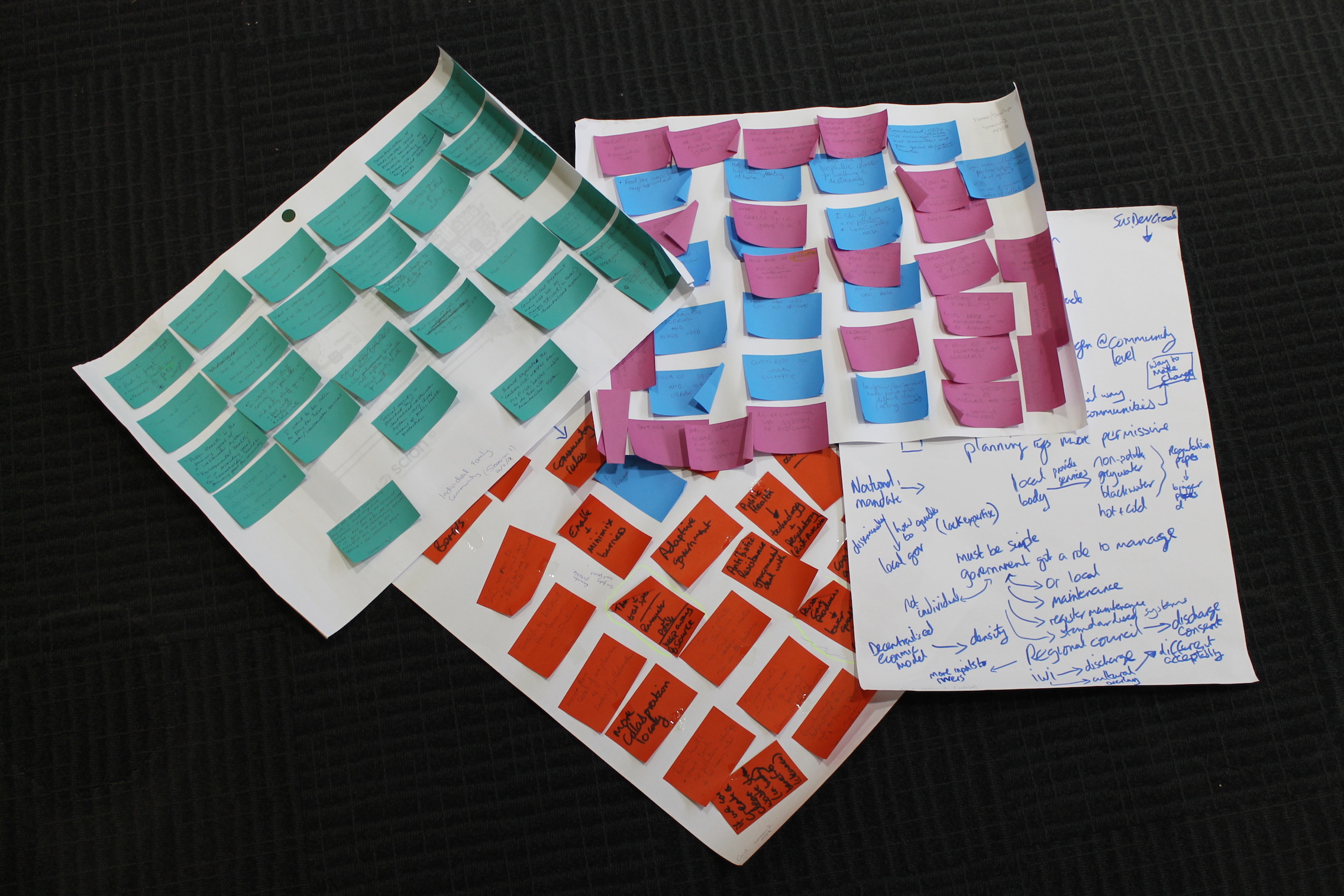Future cities could process biosolids and wastewater in very different ways.
What happens to the water that gurgles down your shower drain? For many people it disappears out of sight and out of mind, but not for civil engineers, town planners or those working in wastewater treatment. They are busy maintaining the intricate infrastructure that takes care of your wastewater so you don’t have to think about it.
In Auckland, the wastewater network consists of
- 18 treatment plants
- 518 wastewater pump stations
- 7999 kilometers of wastewater pipes
- 167,264 manholes

The cost of maintaining and expanding this infrastructure is enormous. The current system is aging and not coping – city beaches are often closed due to unsafe water conditions – and it’s only going to worsen as the population grows and regulations on the release of chemicals like phosphate tighten.
It is also a very resource intensive system. The fundamental design of the toilet (as we know it in New Zealand) has not significantly changed since 1775, and 70 percent of domestic water demand is used to flush our toilets and sewers. It’s becoming obvious that the incredible system of pipes and plants treating our wastewater is overdue for an overhaul.
Applying circular economy principles – reuse, repurpose and recirculate
Scientists from Crown Research Institute Scion are using their expertise in wastewater treatment from the pulp and paper manufacturing process, along with experience gained in the Bill and Melinda Gates Foundation’s ‘Reinvent the toilet challenge’, to reimagine how cities of the future will process wastewater.
Scientist Dr Daniel Gapes of the Clean Technology group explains, “Wastewater removal, treatment and disposal has been a linear process since we first started living in cities. We want to move to a circular model where waste becomes a resource.
“We can recover water, energy and nutrients. For example, New Zealand imports its phosphate for farm fertilizer, but if our wastewater plants were better at capturing phosphate then we could reuse a resource that is currently draining out to sea, and reduce our reliance on imported phosphate.”
Daniel and team have further ambitions. They want to move away from centralized to decentralized wastewater treatment. Their ultimate vision is decentralized, circular wastewater treatment with a treatment plant based in each apartment building, or block, or suburb. The residents’ wastewater would be treated locally in an environmentally-friendly process that would capture nutrients to be reused in local projects and community spaces like gardens, and energy harvested from the treatment could be used to run the plant.

To test their vision for future wastewater processing, the project team workshopped it with a group of wastewater treatment stakeholders. It was clear from the workshop that urban sprawl and aging centralized infrastructure were coming to tipping points in large New Zealand cities. Participants were keen to be involved in future activities in this area, particularly working on the issues that would need to be addressed to enable the development of new wastewater and other systems within the urban environment.
Some of the findings showed that others supported Dr. Gapes and teams thinking on decentralizing infrastructure and using the principles of the circular economy to minimize waste.
Advantages and challenges
The project team has worked through the opportunities and implications of decentralising and taking a circular economy approach.
From an environmental point of view, a decentralised, circular economy wastewater system will promote sustainability and be more resilient in the face of natural disasters. For example, if the Mangere wastewater treatment plant in Auckland was damaged in a weather event or an earthquake, most of the city would be affected. A decentralised model would avoid a city-wide disruption.
With climate change causing more frequent and severe weather events that can damage infrastructure, and increasing resource scarcity from possible droughts causing water shortages – suddenly its clear that the inefficiencies of the present wastewater system won’t cope in the challenging future ahead.

Ultimately, changing the way we deal with wastewater is a social issue
“We might have the technology to build a decentralised, circular treatment plant that is affordable and sustainable, but people have to want to use it, and the recovered resources,” says Daniel. “This starts with people becoming more aware of what happens after the water disappears down the drain, and knowing how and why it’s unsustainable.”
Shifting from the status-quo will be a significant challenge. It is unlikely to happen without government and policy support to incentivise change and de-risk the transition.
Scion’s strategy for the built environment
Rethinking the way we manage wastewater is one of Scion’s goals for contributing to a built environment that is affordable, sustainable and high performing. This vision for a new way to treat wastewater will contribute to the national conversation on the issues that are being tackled by the ‘Building better homes, towns and cities’ National Science Challenge (BBHTC).
BBHTC aims to improve the quality and supply of housing in New Zealand by identifying innovative, affordable and flexible solutions for the built environment. The Scion team hopes that decentralised, circular economy-inspired thinking will help to lay the pipes for a new way forward.




Leave a comment